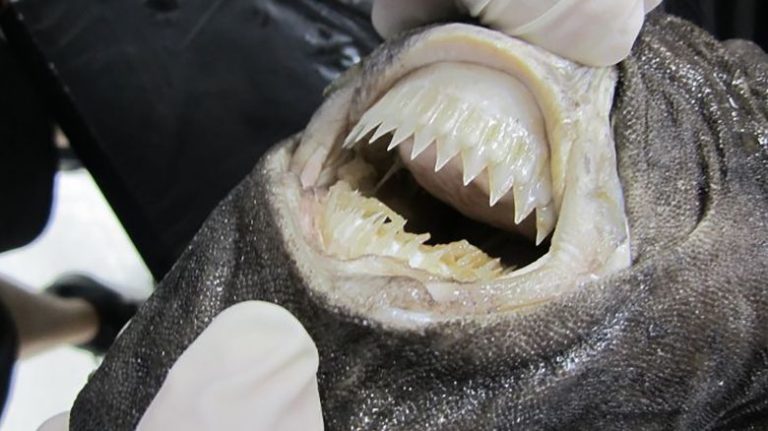The dramatic ocean saga that led to three men being rescued this week from a sinking inflatable catamaran off the Australian coast has been pinned on an unusual culprit: a small, cigar-shaped shark that leaves such perfectly round wounds it’s called the cookiecutter.
The sailors, two Russians and one French national, were pulled from the sea on Wednesday on their way to the northeastern Australian city of Cairns from the remote Pacific nation Vanuatu, authorities said.
In an Instagram post after the rescue, the group said the attacks were by cookiecutter sharks, which damaged the rear left balloon of the boat on Monday and left it “completely submerged underwater.” The group lasted another day – until the cookiecutters attacked again late Tuesday, this time biting through the right balloon.
The attacks left their inflatable boat partly sunken – prompting them to issue a distress call to nearby vessels in the early hours of Wednesday. The crew and their belongings were rescued by cargo ship the Dugong Ace – but the sinking catamaran was abandoned in the ocean, the Instagram post said.
“They hunt inflatable boats, and (our vessel) just had many many holes and started to go down,” one of the sailors, Evgeny Kovalevskiy, told CNN affiliate Nine News in a video after the rescue. The crew was attempting to become the first to circumnavigate the world on an inflatable boat and they’d assess how to continue that journey after arriving in Brisbane later Thursday, Kovalevskiy added.
Unlike great whites or hammerheads, cookiecutter sharks are not usually associated with attacks in the open ocean. The cookiecutter, also known as the cigar shark, is more than 10 times smaller than a great white, measuring between 1 to 1.4 feet (0.3 to 0.42 meters) on average.
Despite its small size, the cookiecutter (Isistius brasiliensis) has an appetite for large prey – usually targeting seals, whales and dolphins, according to the Florida Museum of Natural History. Its unique feeding method is how it got its name: first, the shark entices prey with its glowing underside, which can deceptively look like small fish in the deep ocean.
When the prey is close, the shark then uses its sucking lips and sharp upper teeth to attach itself to the larger animal. Then, it spins its body around – using its larger serrated bottom teeth to cut a cookie-shaped chunk of flesh, leaving a circular wound in the prey’s body, according to the museum.
Even submarines have come under attack before, with round chunks torn off their sonar domes.
The museum added that because of its size and deep water habits, the cookiecutter is not considered a threat to humans. Cookiecutter sharks have only been involved in four confirmed, unprovoked bites, which all happened in Hawaii, it said, citing the International Shark Attack File.
The Australian Maritime Safety Authority (AMSA) said in a statement Wednesday that “a large section” of the inflatable vessel’s hull was missing when it was found.
“There’s many reasons that vessels are attacked by sharks. However, the motivations of these sharks is unclear,” said AMSA duty manager Joe Zeller. The catamaran’s crew “were very happy to be rescued and they are all healthy and well,” he added.
— CutC by cnn.com


